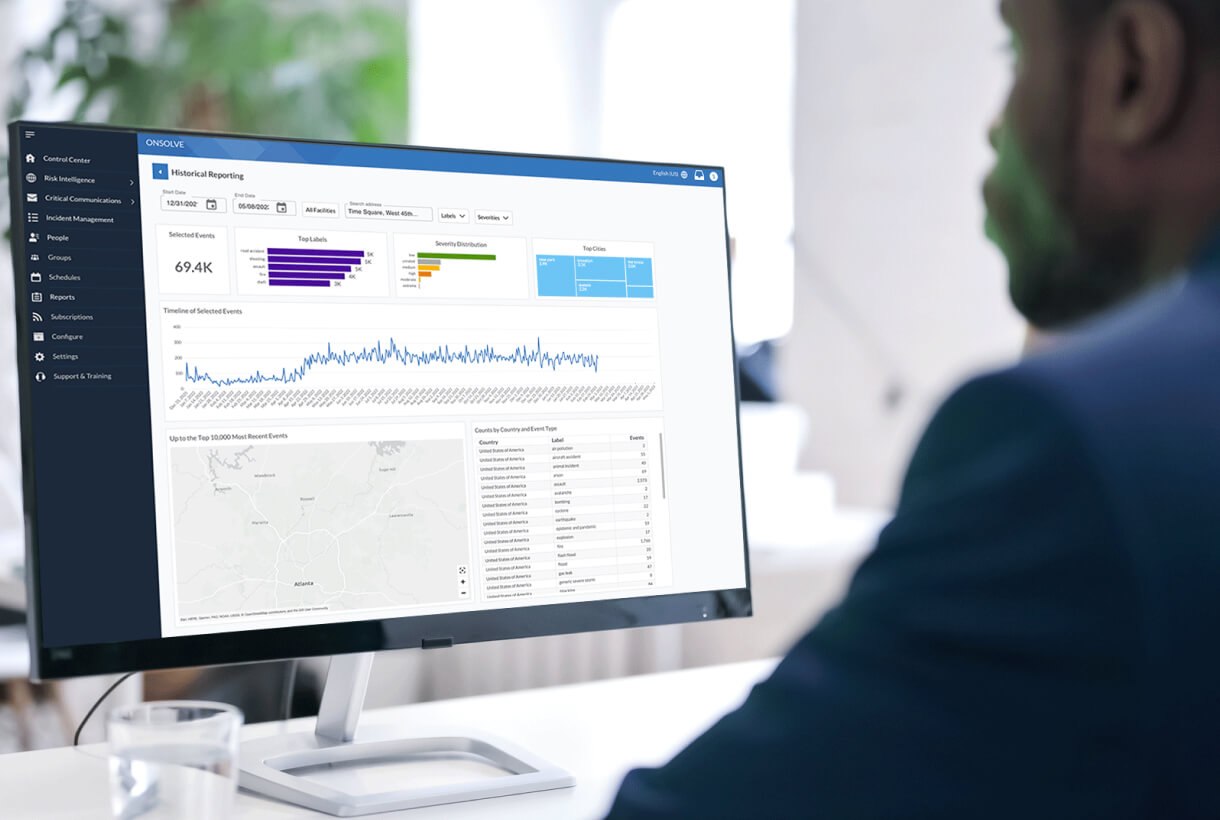For federal agencies facing risk across an increasingly complex theater of operations, accurate assessment reports are a fundamental step in setting the stage for mission success. Well-executed government reports form the basis of policymaking, resource allocation and program improvement to protect the population and advance the nation’s success.
The Role of Historical Risk Data in Federal Reporting
To support both short- and long-term objectives, federal agencies need to know what’s happening now and what happened in previous years. By examining historical risk data, government officials can apply the lessons of the past to make recommendations for present-day operations. When used to augment federal reports, these insights are a powerful advantage for reducing risk and mitigating damages.
4 Federal Reports That Can Benefit from Historical Risk Data
Historical risk data can inform a range of federal government reports, including:
1. Risk Assessments: Identify, evaluate and analyze potential threats and their impacts on your agency.
2. Facility Security Level (FSL) Reports: Assess a facility, its federal occupants and the nature of their work using the six steps of the risk management process.
6 Ways Federal Agencies Can Use Historical Threat Data and Analysis
Discover how analyzing historical risk data today can lead to better outcomes tomorrow.
3. Design Basis Threat (DBT) Reports: Profile potential adversaries to inform security protocols for your facilities.
4. Risk Acceptance Reports: Justify why a specific risk has been accepted and describe the compensating control measures.
Major Challenges to Gathering Relevant Data
As the primary method to capture, understand and minimize risk, these reports — and the many others used by federal agencies — rely on data that’s relevant and trustworthy. Inaccurate information leads to flawed threat assessments and insufficient risk management tactics. Yet, reliable intelligence is a high bar to meet. Agencies often hit a number of obstacles.
- Quality: Unstructured, excessive or incorrect data can result in faulty conclusions.
- Timeliness: Gathering and analyzing data within tight timeframes can be overwhelming.
- Transparency: Correlating the data to find patterns and make appropriate recommendations can be challenging.
How can federal agencies ensure their reports reflect the right information so they can make strategic, data-driven recommendations and decisions?
Empower Your Reporting Process
OnSolve Risk Insights was designed to support comprehensive threat assessments by providing in-depth facility and location profiles. One powerful solution leverages advanced algorithms, real-time data, historical data and AI-analysis. Risk Insights brings highly granular data and a holistic approach to the threat assessment process, with the speed and convenience that federal agencies demand.
Verified data sourced globally by AI-powered risk intelligence delivers years of historical risk reports at click-speed. When every second counts, custom reporting makes it easy to analyze and sort data for a range of variables, including timeline, risk category and geographic segment. A fully transparent process allows you to demonstrate the rationale behind your recommendations to leadership for more informed decisions, expedited funding approval and precise execution.
To see how OnSolve Risk Insights can empower your reporting process, schedule a complimentary threat assessment for two of your agency's locations.


